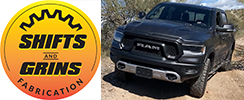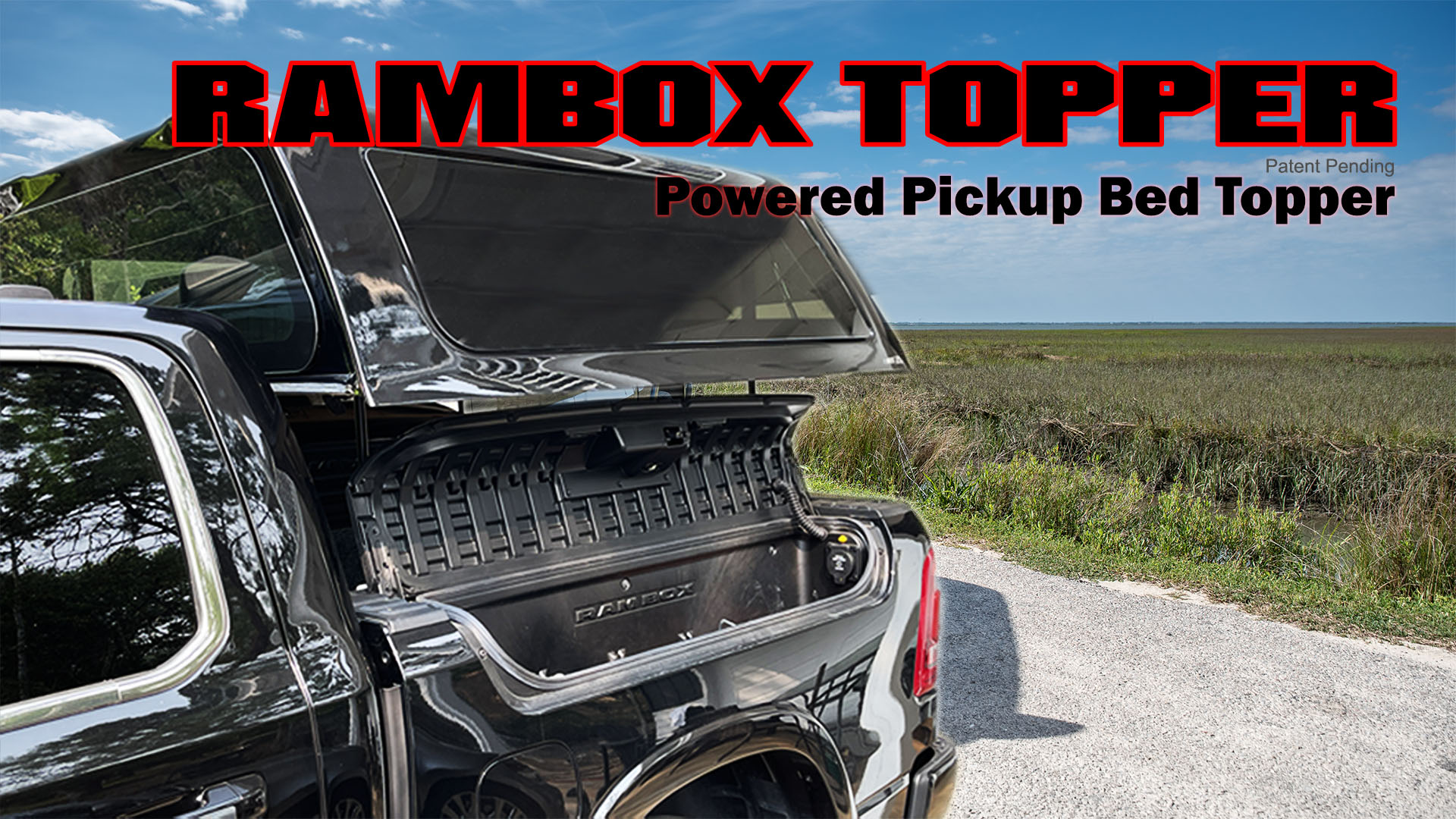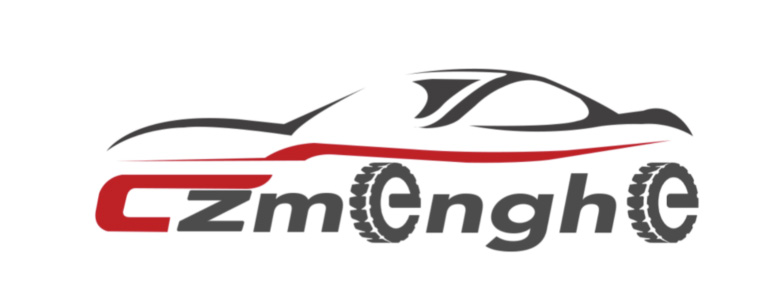2021 Ram 1500 Limited. When I took my tires off for the first time in the fall to put on my different wheels with blizzaks, I did not correctly mark where they came off. Now I am switching them back and trying to figure out the best positioning. 2 of them are at roughly 9/32 (one a little better) and two at exactly 8/32. They probably have 6000 miles total on all 4.
Question 1: I assume just put the better tread (9/32) on the back, correct?
Question 2: I don't have the anti-spin differential. Does the truck favor one side more than the other in the rear?
Thanks in advance for your help.
-Sam
Question 1: I assume just put the better tread (9/32) on the back, correct?
Question 2: I don't have the anti-spin differential. Does the truck favor one side more than the other in the rear?
Thanks in advance for your help.
-Sam











